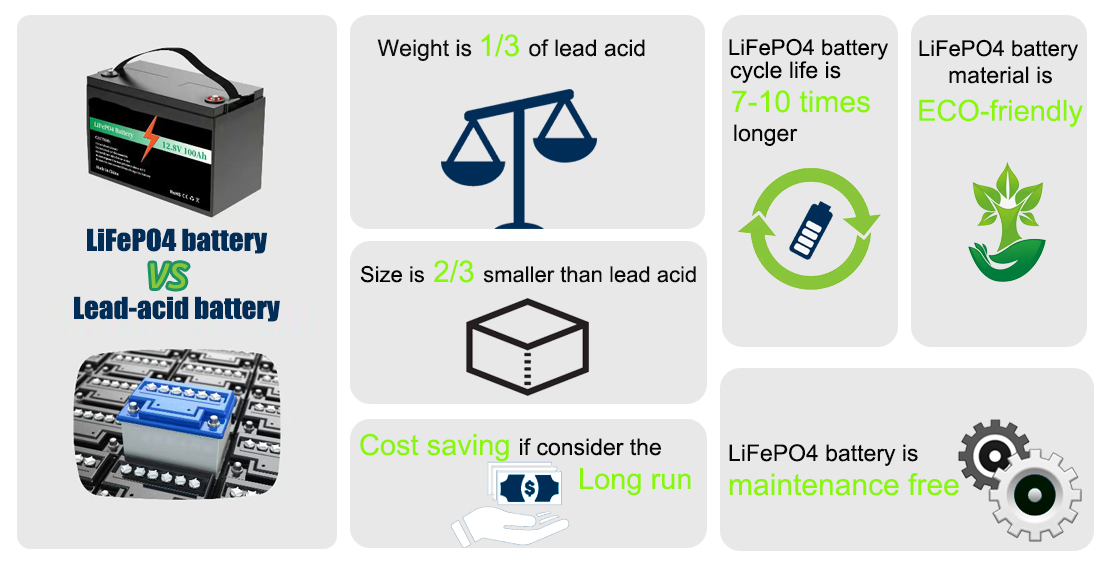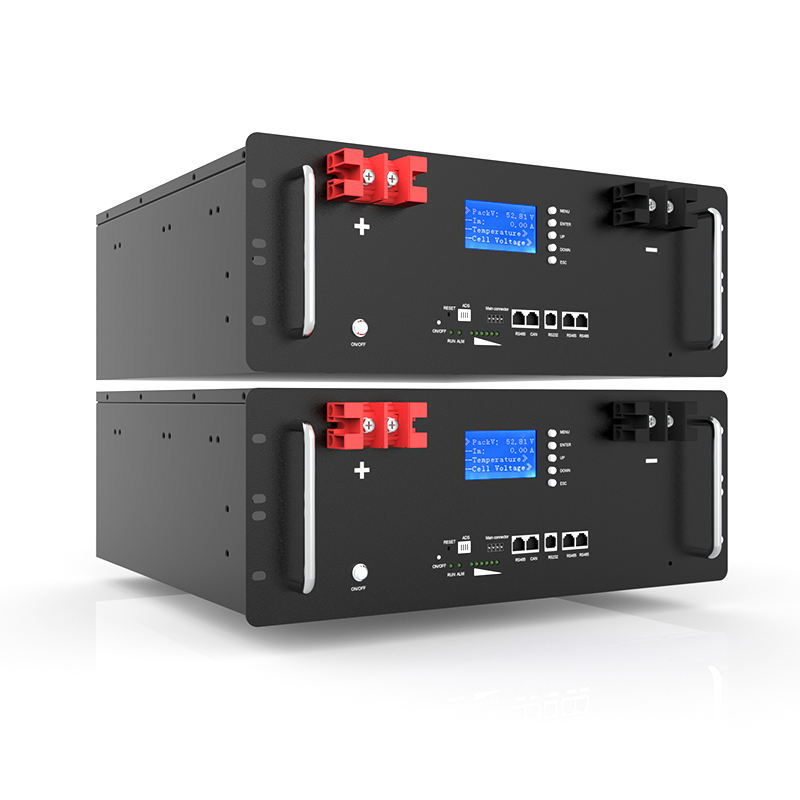1. Lead-Acid Batteries
Lightweight Battery Design: Recent market trends favor lighter batteries. While reducing weight and plates helps store more electricity in principle, this lightweight design has significantly reduced the service life of many modern lead-acid batteries. Additionally, the market contains inferior batteries, second-hand batteries, and refurbished batteries. Always choose products from regular manufacturers.
Street Fast Charging Stations: For convenience, many owners use street fast chargers. However, this high-current pulse charging method can cause a battery to be scrapped after just two or three uses. Generally, lead-acid batteries should be charged using slow charging; avoid frequent use of fast charging stations.
High Temperature Environments: The optimal operating temperature for lead-acid batteries is around 25-27 degrees Celsius. They age prematurely in high temperatures, so avoid leaving or charging EVs in hot environments. In contrast, low temperatures significantly affect range (e.g., range can halve in winter but recovers as temperatures warm in spring).
Avoid Deep Discharges: Habitually charging the battery only after it's completely exhausted is detrimental. The recommended practice is to charge when the remaining power is about 30%. This habit is most suitable for extending battery life.
2. Lithium Batteries
Do NOT Modify Privately: Some owners privately modify their EVs by replacing lead-acid with lithium batteries to pursue longer battery life. This behavior is illegal and significantly increases driving risk. If done improperly, it can lead to spontaneous combustion! Therefore, owners must not modify lithium batteries privately.
Do NOT Charge Lithium Batteries at Home: Due to their small size and light weight, some owners take them home to charge. This is absolutely NOT allowed! When charging EV lithium batteries, they must be placed in professional charging places to prevent fire or other accidents.
Choose Reputable Brands: Current well-known lithium battery brands include Xingheng, Boliwei, CSIT, etc. Owners should identify and choose these big brands. Avoid cheap and potentially unsafe alternatives.

3. Replacement Cycle Recommendations
Extending Battery Life: Key Considerations
Charging Methods: Use slow charging for lead-acid; avoid deep discharges for both; charge lithium only in designated places.
Ambient Temperature: Minimize exposure to extreme heat or cold, especially for lead-acid batteries.
Riding Habits: Avoid excessive heavy loads or consistently aggressive acceleration/deceleration.
What do you think about this? Lithium battery manufacturer PTPbattery welcomes your message.
Related News
- Advanced LiFePO4 and Lithium-Ion Batteries,Sustainable Energy Storage
- Comparing Lithium-Ion and Sodium-Ion Batteries
- High-Performance 12V Battery Packs | Reliable Energy Solutions
- Home Energy Storage Systems in 2025 Trends, Benefits, and Market Outlook
- The Five Fundamental Design Principles for Energy Storage Cabinets
- Safety Guide for Homes with Solar Power Generation, BESS and EVs
- How Long Do Electric Vehicle Batteries Last? Comparing Lead-Acid & Lithium
- Application of lithium battery in ship
- How to transport lithium batteries more safely?
- New Trends in the Home Energy Storage Market







